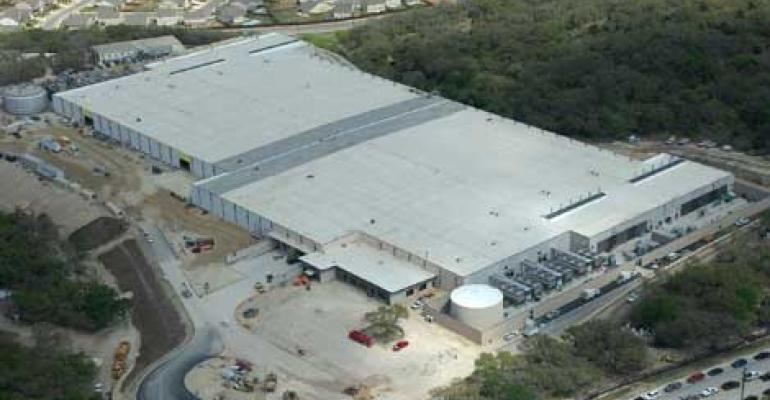We know that technology behemoths like Microsoft and Facebook have successfully implemented lithium-ion battery systems in their data centers, but for small- or mid-sized facilities, they are often cost prohibitive.
That may change drastically over the next five years, according to a recent study by Australian consultancy AECOM. Although the report indicated that all battery technologies are likely to drop in price over that period, Li-ion types may experience the largest dip of all - 60 percent - by 2020.
In other words, Lithium-ion batteries could drop from $550 per kilowatt hour (kWh) in 2014 to $200 per kWh by 2020. This could make more than a few data center managers consider making the switch from traditional lead-acid batteries to those with higher energy density, minimal maintenance and longevity.
In a data center environment, these benefits translate into savings in space, weight and replacement that directly contribute to the bottom line. Li-ions make it possible to get 6kW of power in a rack in a 2U package, weighing less than 100lbs. Higher cycle life means a lithium-ion UPS can last up to seven years without service.





